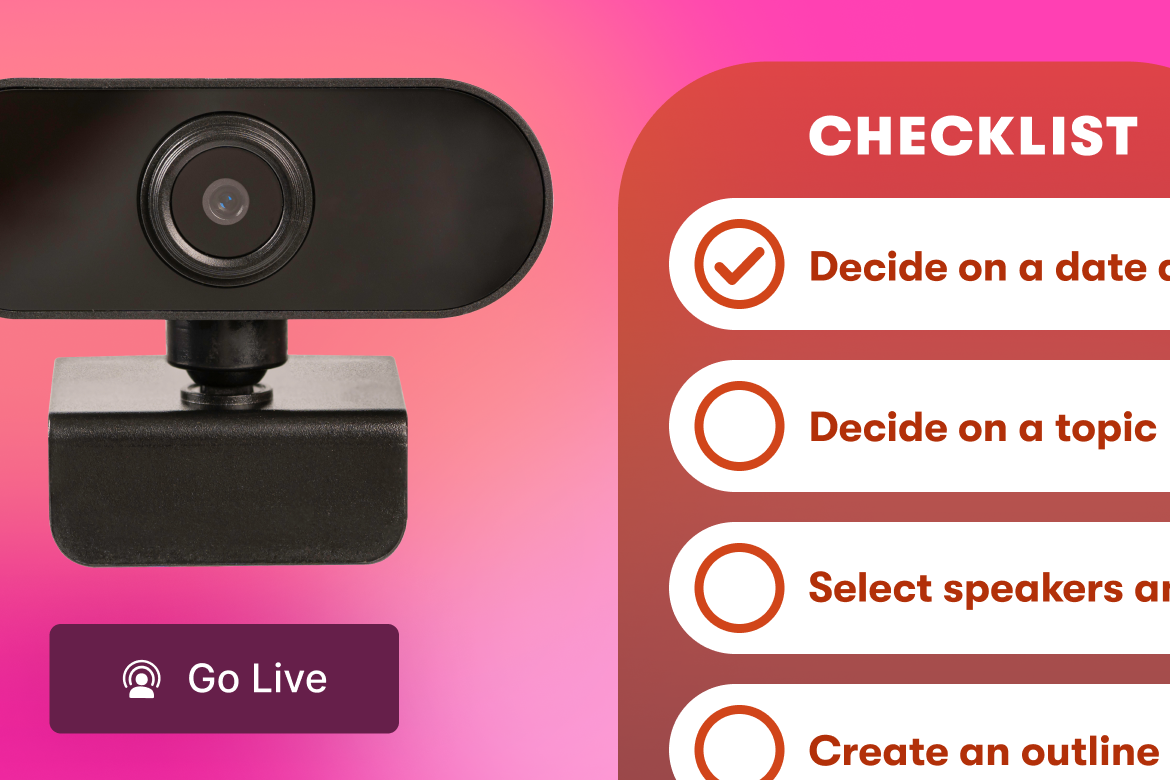Video for Schools: Driving Fundraising and Building Community
March 10, 2015
Topic tags
These days, all sorts of businesses are using video to help their audiences better understand their offerings. Online retailers are offering live-action, 360-degree depictions of their garments, tech companies are showcasing the ins and outs of intricate gadgets, real estate companies are taking clients on virtual tours of homes… you get the picture. And private schools are no exception.
Many private schools are using video to generate excitement and awareness, communicate with students and their families, and document culture and history.
We talked with Mary Forrester, director of digital communications at Loomis Chaffee, and Ben Carmichael, director of marketing and communications at Concord Academy, to ask about their experiences making video for private high schools.
Why video?
Private schools are one choice among many, and attracting a large pool of students requires a creative marketing strategy. Unlike text or photographs, video can provide prospective students with an immersive experience of a school’s community. Setting people and places in motion can help viewers step into specific scenes and imagine potential lifestyles.
“Setting your school apart is a big challenge for all schools because, let’s face it, there are a lot of really, really good choices out there,” explained Mary. “The good news is that we have an incredible talent pool right here of current students and faculty who love this school and are not afraid to tell people that — on camera! No actors needed!”
“The good news is that we have an incredible talent pool right here of current students and faculty who love this school and are not afraid to tell people that — on camera! No actors needed!”
Ben also spoke to the power of video, while encouraging schools to consider all different types of media. “Different stories are best told through different means; audio interviews are best at conveying a specific mood, photos another, etc. Given the rising prevalence and decreasing cost of video on the web, I think there’s a sort of gold-rush mentality that can distract schools from their goals: to best leverage scarce resources so that people remember what makes their school unique. Too many videos can have an opposite effect.”
“That said, videos that show disciplines high in inherent kinetic energy — athletics, performing arts, etc. — and videos at key inflection points — the time of enrollment, and key fundraising points — have worked best for us.”
Scoping your first videos
Video has been a fixture of both Concord Academy and Loomis Chaffee’s marketing strategies for a while now, but their videos were not always as polished as they are today.
“I don’t know when we first began producing videos, to be honest. But my first videos were an improved ’Thank You’ video for donors and a ’Congratulations!’ video for newly accepted students,” said Ben.
Likewise, Mary started out with a creative video conveying a simple message. “One of the very first videos I made was a stop-motion holiday greeting in 2010. A lot of schools, especially colleges, were starting to do video holiday cards, so we decided to jump in and try it ourselves,” Mary explained.
After receiving some positive feedback, she began producing holiday videos each year to spread cheer among their school community.
Keeping the scope limited for your first video is always a smart decision, especially if video production is only one facet of your job. It’s interesting to note that both Ben and Mary chose to begin with videos that encouraged strong personal connections with their viewers. Compared to other media, video truly shines when conveying gratitude and well-wishes.
“Keeping the scope limited for your first video is a smart decision, especially if video production is only one facet of your job.”
Scheduling production around marketing goals
Ben and Mary wear multiple hats on a day-to-day basis. While they are both skilled at producing video for their schools, they have other projects to regularly attend to.
“As director of digital communications, I am responsible for all marketing video content and for the overall management of our website (no, I don’t sleep much, since I also run a girls’ dormitory for 30 teenage girls and have two teenage daughters myself),” said Mary. This means that staying organized with a video production schedule can be a demanding task.
“Our production cycle is primarily driven by our admission calendar and our annual fundraising efforts. We also want to be sure to cover some of the events that happen on campus and to feature some of our special programs or some of the amazing things that kids are doing,” explained Mary.
Ben also focuses on overall marketing goals when creating a production schedule. “In deciding what video to make next, we look at our marketing goals, our market research, and engage partners in other departments to look for gaps. We then see those gaps as opportunities for increased understanding of our brand and for enhancing relationships through video.”
Despite their hectic schedules, Mary and Ben have produced all types of videos for their respective schools. So far, they’ve used video to attract new students and reinforce their communities in the following ways:
Attracting new students:
- Showcase current students
- Answer common questions they receive from applicants
- Share alumni stories and testimonials
- Document exciting moments in the student experience
Reinforcing community:
- Thank donors
- Announce large fundraising campaigns
- Spread holiday cheer
- Capture footage of a performance or an event
- Congratulate new students on their acceptances
When to hire outside video help
Considering the limited bandwidth of many of the people producing videos for schools, there are instances when it makes more sense to hire out.
“In deciding whether to do our video in-house or hire it out, the process is pretty simple,” said Ben. “We ask ourselves two questions: we look at the other projects we plan to have going on at the same time to assess our bandwidth, and we think through how sophisticated we would like for the video to be. If it’s a sophisticated video with advanced production techniques (a jib, steady-cam, etc), like the one below, shot to launch our Centennial Plan, we hire it out; if it’s a one or two day shoot, with less sophistication, we shoot it ourselves.”
While hiring an external team can be beneficial in some instances, in many ways, producing video in-house has its advantages in a school environment. If you know the students and faculty whom you’re shooting, it’s easier to make them feel comfortable on set. If you are familiar with the campus and the events happening, you are more likely to know where you can capture great B-roll footage.
“We’ve been doing a lot of video in-house now for a few years but it is within the last two years that it has really become part of our integrated marketing plan as we have become more skilled in-house. The school granted me a summer sabbatical to hone my editing and shooting skills and our graphic designer has been doing a lot with motion graphics, which has added a whole new dimension to our videos,” said Mary.
“For bigger productions, we will hire out — not only for the expertise and the creative capital you gain with a good, experienced producer, but sometimes a project is a little out of our internal wheelhouse or we just don’t have the time.”
“For bigger productions, we will hire out — not only for the expertise and the creative capital you gain with a good, experienced producer, but sometimes a project is a little out of our internal wheelhouse or we just don’t have the time.”
There’s also the option of hiring one aspect of an external team, rather than an entire crew. “I sometimes hire a photographer/videographer for a project that I will edit to work on a shoot with me if I need help with lighting, want a second camera on an interview, or if I need help capturing B-roll,” said Mary. “This is a good middle option that helps keep costs down. When we do hire out we aim to keep film crews as small and agile as possible to minimize disruption to our students’ lives!”
Whether your school has a robust collection of videos on your website or you’re just starting out, there are always new strategies and techniques to learn. As Mary stated, you have “an incredible talent pool” of students and faculty right at your fingertips, so it’s all about assessing your goals and bandwidth, and following through.






